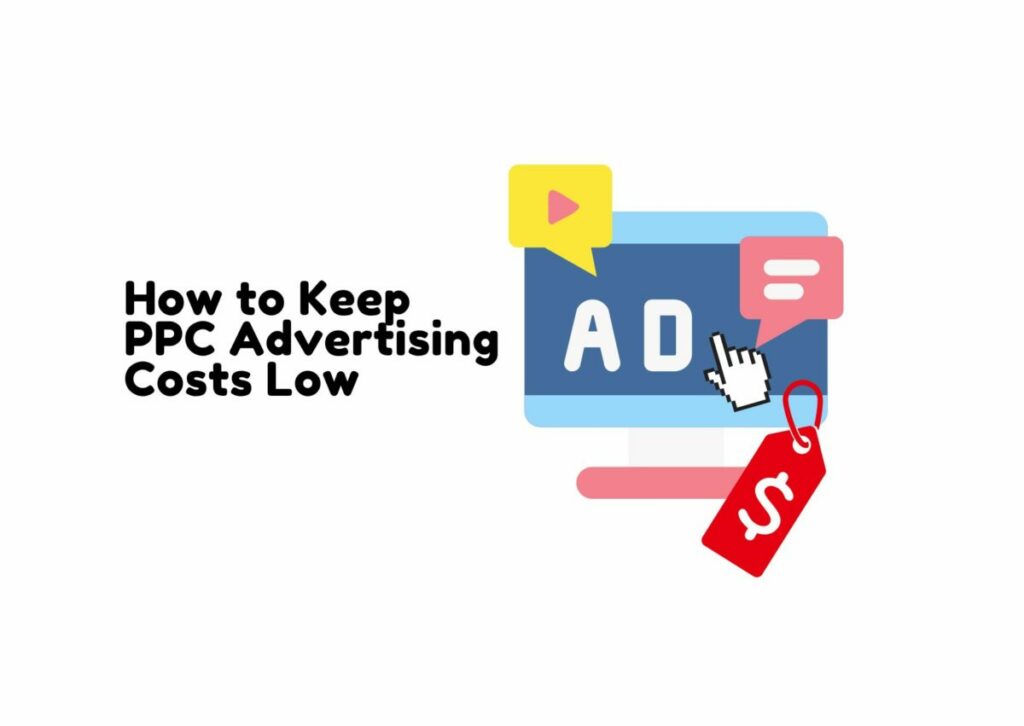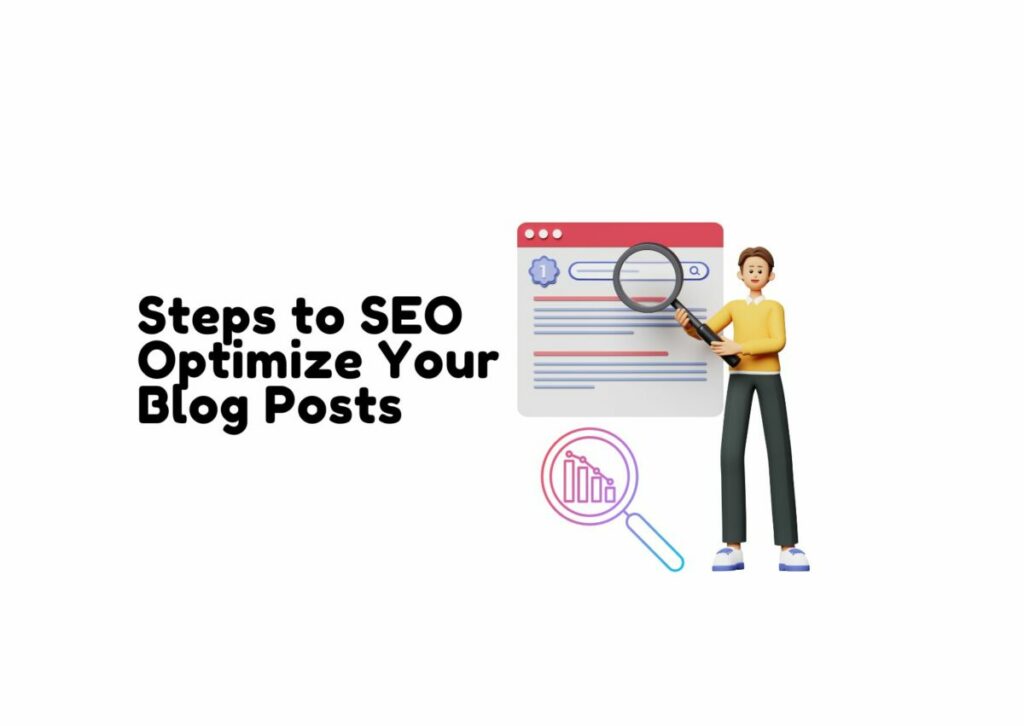Navigating the costs of local SEO can be challenging for business owners. Local SEO services typically range from $300 to $2,000 per month, depending on factors like your business’s needs, competition, and geographic location. This investment, however, is crucial for improving your business’s visibility and online presence.
Consider the story of a local driving school that saw a 93% increase in conversions thanks to a focused local SEO strategy. This sort of outcome illustrates how effective local SEO can be, especially when you trust your strategy to experienced agencies. Each dollar spent on local SEO can yield significant returns, from higher search engine rankings to increased local traffic.
For small businesses, finding the right balance between cost and benefit is essential. Affordable options like Semrush, which offers plans to distribute business data to over 70 directories and track rankings for a low monthly fee, help harmonize cost-effectiveness with quality. In today’s digital landscape, investing in local SEO isn’t just an option—it’s a necessity for any business aiming to enhance its online presence and reach more customers right in their own neighborhood.
Types of Local SEO Services

Local SEO involves several tailored strategies that help local businesses rank higher in search results. These strategies range from optimizing listings on directories to managing online reviews, ensuring a comprehensive approach to enhance online visibility.
Google Business Profile Optimization
Optimizing a Google Business Profile (GBP) is crucial for local SEO. This involves setting up a complete and accurate profile with business name, address, phone number, and hours. Keywords should be added to the description to improve searchability.
Photos of the business, products, or services help attract more views. Responding to reviews, both positive and negative, shows engagement and can influence potential customers. Regular updates on offers or new products keep the profile active and relevant.
Citations and Directory Listings
Citations are instances where a business’s name, address, and phone number (NAP) appear online, such as on Yelp, Yellow Pages, and other directories. Consistent NAP details across various directories build trust with search engines.
Directory listings provide backlinks to the business’s website, improving ranking. Ensuring that all listings are accurate and consistent helps avoid customer confusion and builds a reliable online presence. Some tools automate the process of finding and correcting citations, which can save time.
On-Page SEO for Local Businesses
On-page SEO involves optimizing elements on the business’s website. This includes using local keywords in titles, meta descriptions, headers, and content to target local searches. Creating localized content, such as blog posts about community events or local news, helps engage the target audience.
Structured data markup can be added to the website to help search engines understand the content better. Fast loading speeds and mobile-friendliness are also crucial as they enhance user experience and are ranking factors.
Reputation Management and Reviews
Managing a business’s online reputation is vital for local SEO. Positive reviews on platforms like Google Maps and Yelp can boost local rankings and attract new customers. Businesses should encourage satisfied customers to leave reviews and should respond promptly to feedback.
Monitoring reviews helps identify areas for improvement and shows that the business values customer opinions. Tools like review request emails or SMS can help in gathering more reviews. Negative reviews should be handled tactfully to resolve issues and maintain a positive image.
Key Factors Influencing Pricing
Local SEO pricing depends largely on industry requirements, competition, market differences, and the number of service locations. These factors shape the overall cost and provide a clear picture of what businesses can expect when planning their budgets.
Industry Specific Requirements
Each industry has unique needs. For example, a dental practice might need content about dental procedures, while a local café needs promotions and event updates. Industries with stringent regulations, like healthcare or finance, require detailed audits and compliance checks. These specific demands influence costs, as agencies must tailor their strategies, content, and time investment to suit different industries. Businesses in specialized fields often pay more for these tailored services due to the complexity and expertise required.
Competition and Market Saturation
Highly competitive markets drive up SEO costs. In saturated industries like real estate or law, many businesses vie for top spots in search results. This competition means more resources are needed for keyword research, content creation, and link building. Agencies must invest more time and effort to outperform competitors, which increases costs. On the other hand, niches with low competition may see lower local SEO pricing. Businesses should consider their market’s competition level to estimate their SEO budget better.
Location and Local Market Differences
Local market conditions greatly impact SEO pricing. In major cities like Los Angeles or New York, higher living costs drive up service prices. Additionally, urban areas typically have more competitors, increasing the need for robust SEO strategies. Conversely, in smaller towns or rural areas, the cost of local SEO might be lower due to fewer competitors and lower overhead costs. Understanding local market dynamics helps businesses set realistic budgets for their SEO efforts.
Number of Locations and Service Areas
Businesses with multiple locations face unique challenges in local SEO. Each location needs individual attention, including separate business listings, localized content, and targeted keywords. This complexity increases costs. For example, a chain of restaurants across a state will require more extensive work than a single-location eatery. More service areas mean more detailed and location-specific SEO campaigns, which naturally demand more resources and higher budgets.
Pricing Models Explained
Pricing models for local SEO services vary, offering options that suit different business needs and budgets. These models include fixed-price packages, customized strategies tailored to specific requirements, and ongoing retainer and monthly plans.
Packages and Bundled Offers
SEO agencies often provide pre-packaged local SEO bundles. These bundles include a specific set of services at a predetermined cost. They typically target a defined number of keywords and offer varying levels of on-page and off-page optimization.
For instance, a basic package might cost around $300 per month, covering essential services like listing management and local ranking tracking. More comprehensive packages could cost up to $2,000 per month, offering advanced features such as voice search optimization and review management.
These packages are popular among small businesses with limited SEO budgets, providing clear expectations and straightforward pricing.
Customized SEO Strategies
For businesses with unique needs, customized SEO strategies offer a flexible solution. SEO agencies develop these plans based on individual business goals, competitive landscape, and specific local demands. The costs for customized strategies vary widely, typically ranging from $5,000 to $30,000 per project.
Key elements might include tailored keyword research, local content creation, and specific link-building techniques. This approach ensures that the SEO efforts align perfectly with the business’s objectives, often leading to a higher return on investment.
Retainer and Monthly Plans
Many SEO agencies offer retainer and monthly plans, providing ongoing support and continuous optimization. These plans help maintain and improve local search rankings over time.
The average cost for these plans ranges between $200 and $3,000 per month. Services often include regular performance reports, continuous keyword optimization, and updates based on evolving SEO trends.
This subscription-based model appeals to businesses looking for consistent results and a long-term SEO partnership. It offers predictability in budgeting and the flexibility to scale services up or down based on changing needs.
By understanding these various pricing models, businesses can make informed decisions about their local SEO investments, ensuring they get the best value for their money.
Developing a Customized Pricing Plan
Creating a custom Local SEO pricing plan involves assessing your unique business needs and aligning them with your budget to ensure optimal results. It’s crucial to measure performance and ROI to refine the strategy continuously.
Assessing SEO Needs and Business Goals
Before setting a budget, it’s important to identify specific business goals and SEO needs. For instance, a small local bakery may focus on appearing in Google searches for “best bakery near me.” This requires targeted keyword research and on-page optimization.
An e-commerce shop with multiple locations might need broader strategies like content creation, link building, and review management to improve visibility. Assessing these needs helps in customizing the SEO strategy to achieve short-term and long-term business goals.
Aligning Services with Budget Constraints
Aligning services with budget constraints ensures the investment is sensible and sustainable. Small businesses might start with basic packages that cover essentials like Google Business Profile optimization, which can cost around $400 per month.
Mid-sized agencies might opt for comprehensive packages, including voice search and local ranking tracking, typically ranging from $1,500 to $5,000 per month. Customization ensures services fit within the budget while still aiming for the desired results and revenue growth.
Measuring Performance and ROI
Measuring performance involves tracking key metrics like local search rankings, website traffic, and conversion rates. Tools like Google Analytics and specialized SEO platforms can provide detailed insights.
ROI is assessed by comparing the SEO costs against increased revenue and business growth. For example, an agency spending $2,000 a month may expect substantial traffic growth and improved customer acquisition. Continuous review and adjustment of the SEO strategy help in maximizing success and ensuring the strategy remains aligned with the business goals.
Common Pitfalls to Avoid

Avoiding common pitfalls is crucial in ensuring the success of your local SEO pricing strategies. Let’s explore some key areas to focus on to avoid setbacks.
Neglecting Mobile Device Optimization
Mobile device optimization is essential. Many users rely on smartphones for searching local businesses. If your site isn’t mobile-friendly, you’ll likely lose potential customers.
Various elements of your website should be easy to navigate on a mobile device. Buttons should be large enough to tap, and images should load quickly. Test your site regularly on different mobile devices to ensure a consistent user experience.
A responsive web design is essential for seamless transitions across different screen sizes. Additionally, Google values mobile-friendly websites, making it a significant ranking factor in local SEO.
Overlooking Local Search Intent
Understanding local search intent means knowing what locals are searching for. Tailor your content and keywords to match this intent. If people in your area search for “best pizza near me,” your website should address that specific need.
Utilize tools like Google Trends and local forums to gain insights into local interests. Include relevant keywords naturally in your content.
Local search intent is unique and varies by location. Offering localized promotions and content can significantly improve engagement and conversions. Failure to account for this can result in poor local search performance.
Failing to Analyze Competitors
Analyzing competitors is vital. Knowing what others in your niche are doing can provide insights into what works. It helps in identifying gaps and opportunities you can capitalize on.
Regularly check competitors’ websites, reviews, and social media. Identify the keywords they rank for and the backlinks they’ve earned.
Competitor analysis can also highlight their weaknesses, allowing you to improve your strategies. Use tools like SEMrush or Ahrefs to track competitors’ SEO performance. This ongoing analysis can help you adjust your tactics and offer better local SEO services.
Underestimating the Importance of NAP Consistency
NAP (Name, Address, Phone Number) consistency is crucial. Any discrepancies can confuse search engines and potential customers. Ensure your business name, address, and phone number are identical across all platforms.
Check your NAP details on Google My Business, Yelp, and other directories. Inconsistencies can lead to a loss of trust and lower search rankings.
Use tools like Moz Local to audit and manage your NAP listings. Regular checks and updates to your listings help maintain accuracy, contributing significantly to online visibility. Missteps in NAP consistency can severely affect your local search engine rankings.
Case Studies and Examples

Local SEO can drive significant growth for businesses, showing tangible results in various industries. By examining success stories, ROI, and industry-specific strategies, we can understand its power and application.
Success Stories of Local SEO
Many businesses have seen remarkable success through local SEO efforts. For instance, a driving school partnered with RyTech saw a 93% rise in conversions after optimizing for local searches. Another example is a small café that utilized Google My Business and noticed a substantial increase in foot traffic and online orders.
These success stories demonstrate the potential of local SEO to influence growth and profitability for businesses. Whether it’s through increasing online visibility or driving more local traffic, these examples highlight the practical benefits.
ROI from Local SEO Campaigns
Local SEO campaigns often yield a high return on investment (ROI). For small businesses, the strategies are cost-effective and lead to measurable increases in revenue. Digital Logic reports that monthly local SEO costs can range from $1,500 to $5,000, depending on the project scope and business size.
For example, WebFX found a 236% increase in certain campaign results, showcasing how targeted efforts can drastically improve online visibility and drive more traffic. Proper investment in local SEO not only amplifies online presence but also offers significant returns, making it a worthwhile endeavor for businesses.
Local SEO For Different Industries
Local SEO is effective across various industries, each benefiting uniquely. For example, local service industries like plumbers or electricians gain increased local search visibility, leading directly to more service calls and bookings. Retail businesses can attract more local shoppers by appearing prominently in local search results.
Moreover, local SEO strategies are tailored differently; a local café might focus on Google My Business and customer reviews, while an e-commerce site prioritizes local keywords and product pages. By understanding the specific needs and behaviors of their local audience, businesses can customize their SEO approach for maximum impact.

